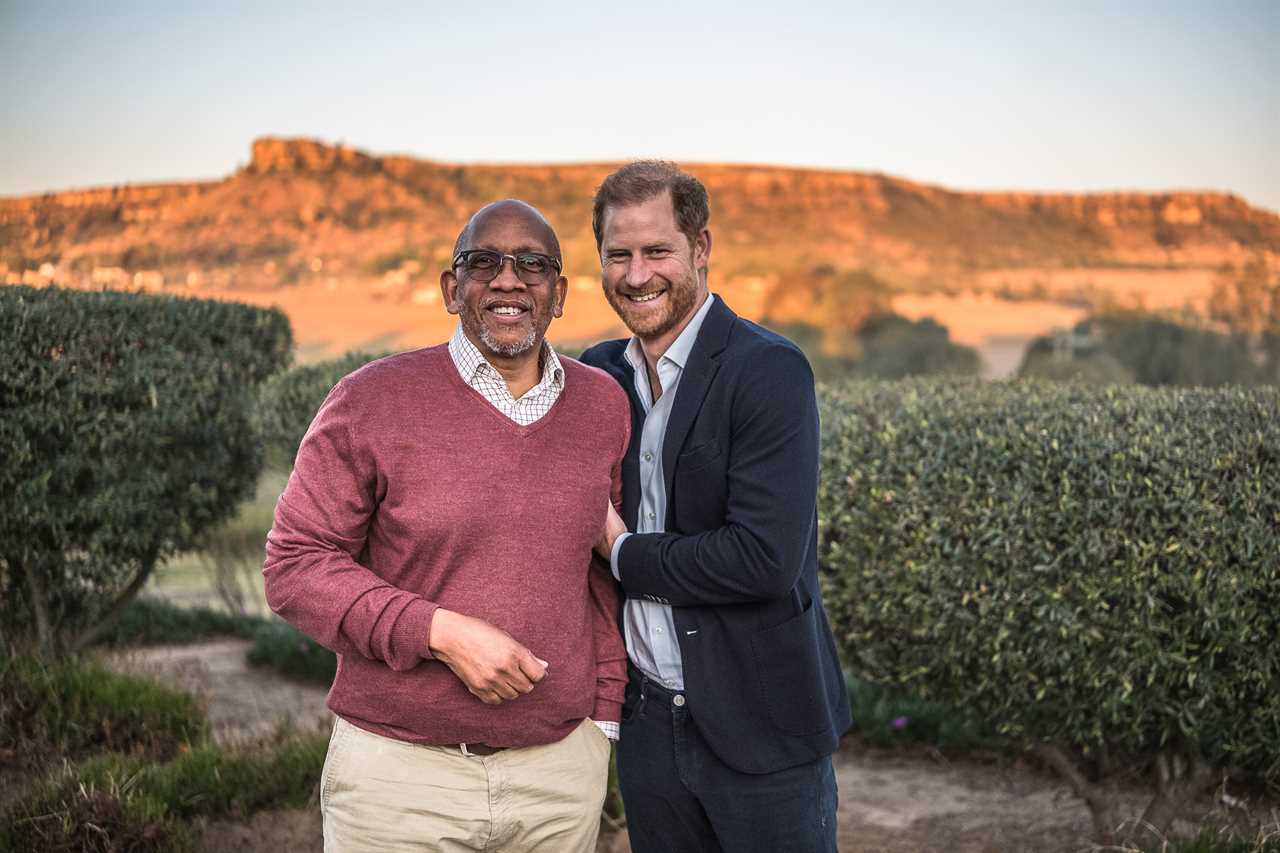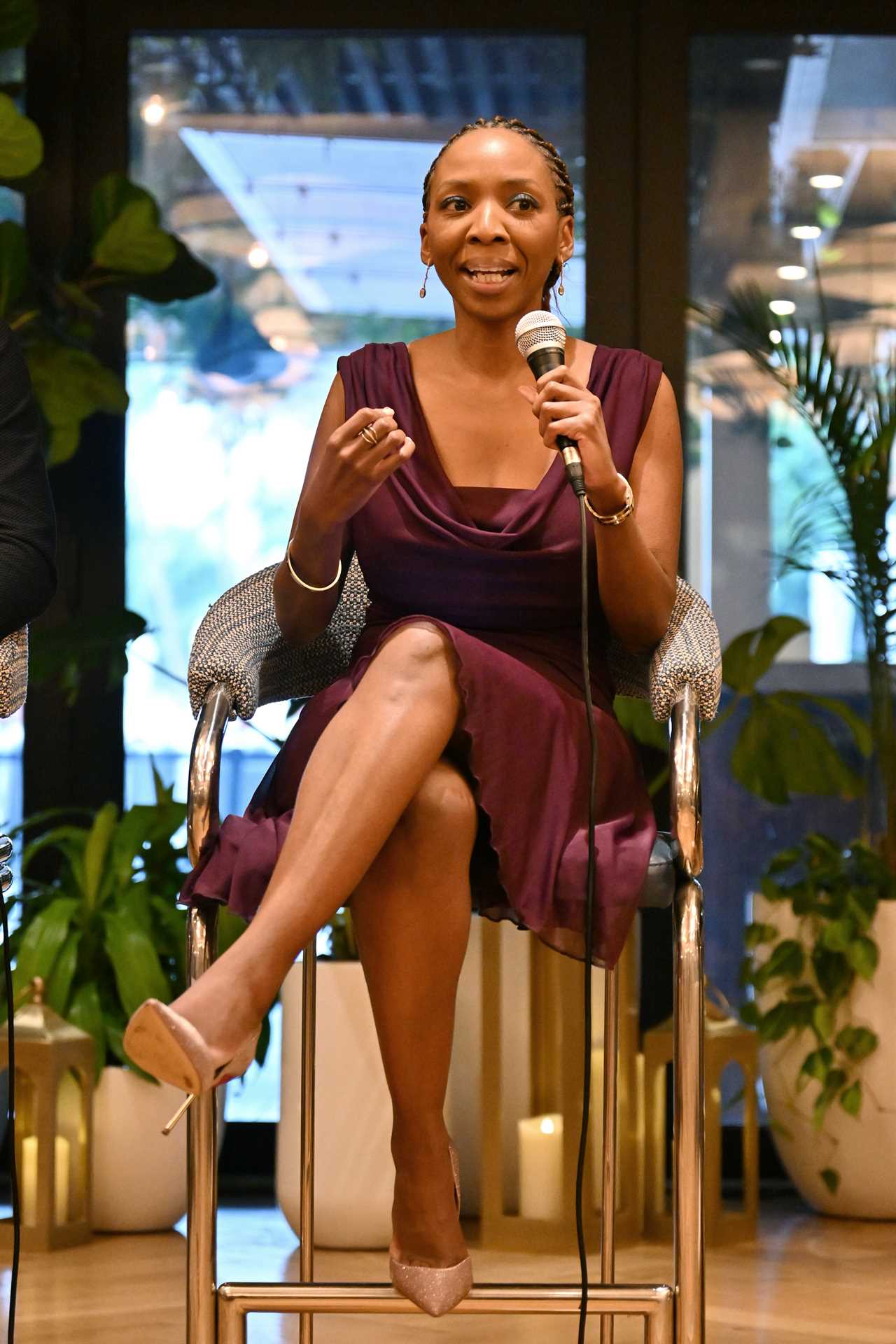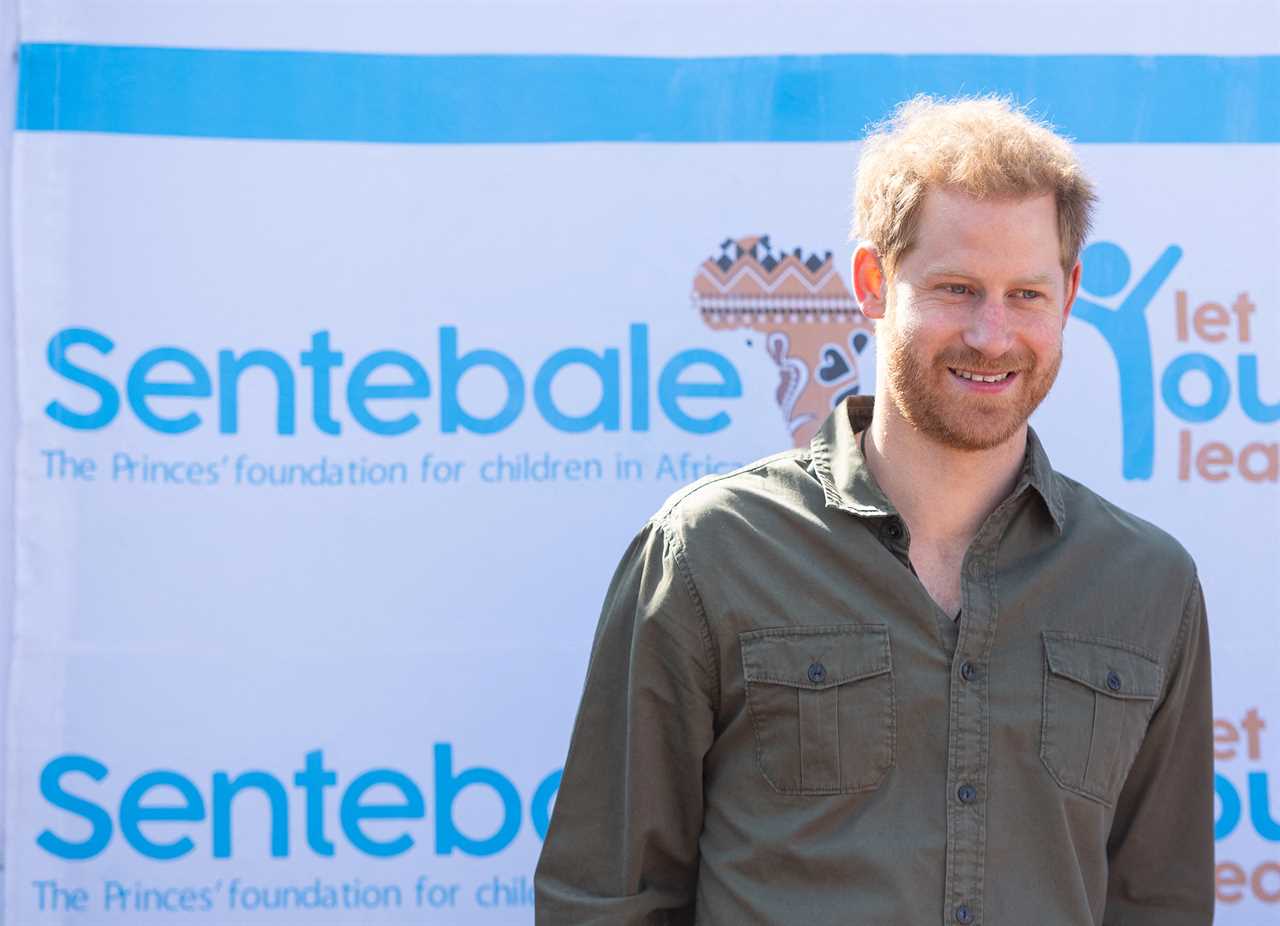
Royal Departure Shakes Charity Foundations
Prince Harry has stepped down from his role as patron of Sentebale, the African charity he co-founded in 2006. The move comes after a fierce dispute with Dr. Sophie Chandauka, the charity's chair, marking a significant upheaval for the organisation dedicated to supporting those living with HIV and AIDS in Africa.
Root of the Rift
The conflict intensified when Prince Harry and his co-founder, Prince Seeiso of Lesotho, criticised Chandauka's leadership as "untenable." This criticism followed their decision to leave the charity, which they described as a "devastating" outcome caused by irreparable disagreements with the board's chair.
Explosive Accusations
In response to the resignations, Dr. Chandauka issued a statement condemning what she called "unthinkable" infighting within Sentebale. She alleged serious misconduct, including "weak executive management, abuse of power, bullying, harassment, misogyny, and misogynoir"—a term referring to prejudice against black women.
Trustees Take a Stand
The charity's trustees have publicly supported Prince Harry and Prince Seeiso, with many resigning in solidarity. This collective action underscores the depth of the disagreement and the challenges faced in the charity's governance structure.

Legal Battles Ahead
Amid the turmoil, Dr. Chandauka has initiated legal action against the trustees who called for her resignation. She maintains that her actions have been guided by integrity and a commitment to supporting women who lack resources and support.
Impact on Sentebale’s Future
The upheaval within Sentebale has prompted the Charity Commission to launch an investigation into the organisation's governance practices. A spokesperson confirmed that they are evaluating the situation to decide on necessary regulatory measures.
Uncertainty Over Leadership Changes
While Sentebale has not yet received formal resignations from Prince Harry and Prince Seeiso, the charity acknowledged a "restructuring" of its board. This shake-up raises questions about the future direction and stability of the charity.
A Legacy in Question
Prince Harry established Sentebale following a visit to Lesotho in 2004, where he met Prince Seeiso. Both had lost their mothers the previous year, inspiring them to create a charity named after the "forget-me-not" flower in honour of their mums.

Charity Commission’s Probe
The ongoing investigation by the Charity Commission aims to address the governance issues raised by the recent conflict. The outcome will likely determine the next steps for Sentebale and its leadership.
Looking Ahead
As the situation unfolds, the focus remains on ensuring that Sentebale continues its vital work supporting communities affected by HIV and AIDS in Africa. Prince Harry and Prince Seeiso have expressed their commitment to the charity's beneficiaries, despite the current challenges.
Frequently Asked Questions
Are royal families involved in politics?
The level of political involvement varies by country. In constitutional monarchies, royals may have ceremonial roles without political power, while in absolute monarchies, they may wield significant influence over governance.
What are the roles of royalty in modern society?
In modern society, royal families often serve as symbols of national identity and continuity. They may engage in charitable activities, represent their countries at diplomatic events, and participate in cultural ceremonies, although their political power is often limited.
What are some famous royal families in history?
Some famous royal families include the British Royal Family, the House of Windsor, the House of Bourbon in France, and the Romanov family in Russia. Each has significantly influenced their respective nations and history.
How does one become a member of royalty?
Membership in royalty is typically hereditary, passed down through bloodlines. In some cases, individuals may marry into royal families, gaining titles and privileges associated with their spouse's lineage.
What is royalty?
Royalty refers to individuals who are members of a royal family, holding specific titles and privileges, often associated with governance and ceremonial roles within a state or nation. This includes kings, queens, princes, and princesses.
How do royal weddings differ from regular weddings?
Royal weddings typically feature grand ceremonies with significant media coverage, elaborate attire, and extensive guest lists that include dignitaries and members of the aristocracy. They often adhere to traditional protocols and customs unique to royal families.
What is the significance of royal titles?
Royal titles signify rank and status within the hierarchy of a royal family. They can also reflect the history and traditions of a nation, with titles such as king, queen, duke, and duchess carrying specific cultural meanings and responsibilities.
Statistics
- In Sweden, the monarchy has been a constitutional institution since 1809, with King Carl XVI Gustaf serving since 1973.
- Royal families often have extensive wealth, with estimates suggesting that the House of Windsor is worth over £500 million.
- Research indicates that public support for monarchy in the UK remains strong, with around 70% of the population favoring the institution.
- Royal weddings often attract massive global audiences, with the marriage of Prince Harry and Meghan Markle in 2018 drawing an estimated 29 million viewers in the United States alone.
- The royal family of Japan is the oldest continuing hereditary monarchy in the world, with a history that dates back over 1,500 years.
- The global fascination with royal families is evident, as books, films, and documentaries about them frequently top bestseller lists and viewership ratings.
- Public engagements and charitable work by royal family members have been shown to improve public perceptions of the monarchy, as seen in various surveys across Europe.
- The average age of reigning monarchs worldwide is approximately 63 years old, reflecting both longevity and the hereditary nature of royal succession.
External Links
How To
How To Appreciate Royal Art and Architecture
Appreciating royal art and architecture involves understanding their historical and cultural contexts. Begin by visiting royal palaces, museums, and galleries that house collections of royal art. Focus on the stylistic elements, themes, and techniques used in the artworks, often reflecting the values and tastes of the time. Research prominent artists and architects associated with royal commissions to gain insights into their contributions. Attend exhibitions or lectures that explore the significance of royal collections and architecture. Engaging with art historians or joining art appreciation groups can also deepen your understanding and enjoyment of royal art and architecture.
 PoliticsRoyaltySoap OperaGamingMoneyPrivacy PolicyTerms And Conditions
PoliticsRoyaltySoap OperaGamingMoneyPrivacy PolicyTerms And Conditions
